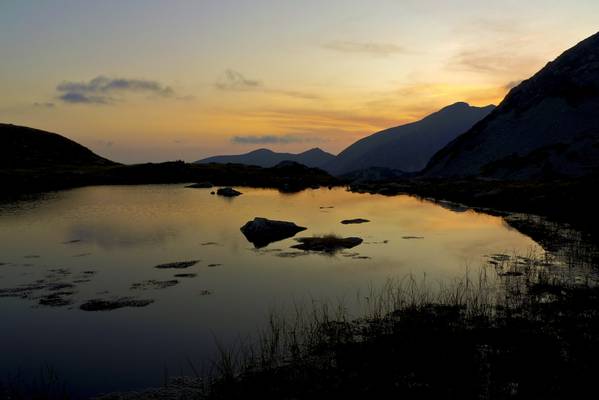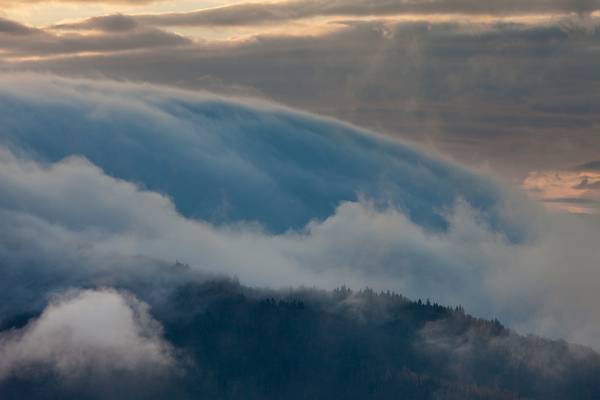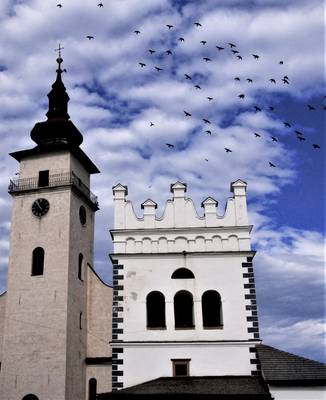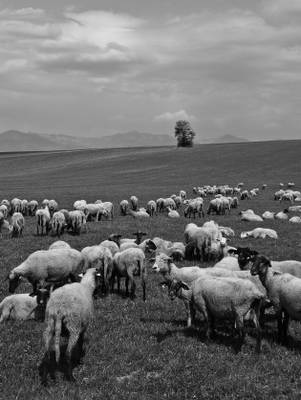
Slovakia
Slovakia is a small country located in Central Europe, known for its stunning natural beauty and rich cultural heritage. The country is home to a diverse range of landscapes, from the towering peaks of the High Tatras to the rolling hills of the Slovak Paradise National Park. With its picturesque towns and villages, historic castles and churches, and vibrant cities, Slovakia offers a wealth of opportunities for photographers looking to capture its unique charm. Some of the most popular photography locations in Slovakia include the medieval town of Bardejov, the stunning Orava Castle, the picturesque village of Vlkolinec, and the vibrant capital city of Bratislava.
Photography regions of Slovakia
Photography of Slovakia
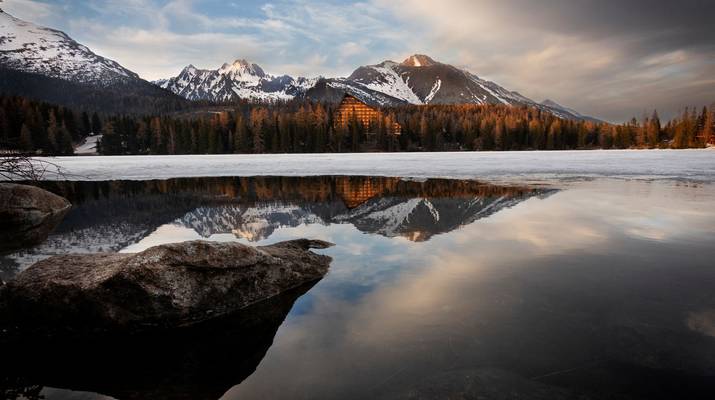
by Ladislav Cintula
megapixel.cz

by jim stephenw
Located by the Hviezdoslav Square, the Neo-Renaissance building was built in 1885–1886 during the time of Austria-Hungary, based on a design by the Viennese architects Fellner & Helmer, who designed theatre buildings in 10 European countries. It was opened as the City Theatre on September 22, 1886 with the opera Bánk Bán of Ferenc Erkel, which is one of the most important Hungarian operas. As a sign of this event's importance, Kálmán Tisza Hungarian the Prime Minister and his whole government took part in this ceremony. The gala performance was conducted by Ferenc Erkel himself. The original building was designed for 1000 spectators and was illuminated using 800 gas lamps, while the auditorium had a lustre with 64 lights. The interior was decorated with frescos by Pressburg/Pozsony native painter Kornél Spányik and by paintings by Munich artist Leo Lüttgendorf-Leinburg, among others. The City Theatre was hired by German and Hungarian professional theatre companies, but beginning in 1919 (at the creation of Czechoslovakia), it was used by Czech and later also Slovak ensembles. In 1920 it became the Slovak National Theatre.

by Kamil Ghais
230 degrees panorama from Plačlivé (2125) in Roháče

by Kamil Ghais
Photo was Explored [#351], thank you all very much

by jim stephenw
The Church of Saint Elizabeth, commonly known as Blue Church is a Hungarian Secessionist Catholic church located in the eastern part of the Old Town in Bratislava, present day Slovakia. It is consecrated to Elisabeth of Hungary, daughter of Andrew II, who grew up in the Pressburg Castle. It is referred to as "The Little Blue Church" because of the colour of its façade, mosaics and blue-glazed roof.
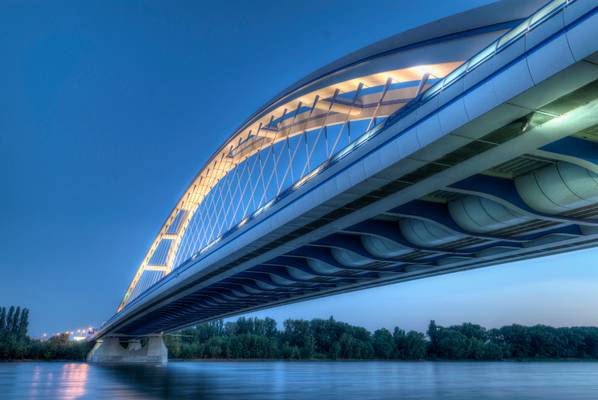
by jim stephenw
Apollo Bridge (Slovak: Most Apollo, provisionally known as Most Košická during construction, after the street leading to it) in Bratislava is a road bridge over the Danube in the capital of Slovakia. It is located between the Starý Most and Prístavný Most Bridges, a site which allowed almost perpendicular bridging, resulting in the shortest possible span. Construction of the bridge began in 2003 and it was opened to the public on September 5, 2005. It is named for the "Apollo" oil refinery which was situated on the left river bank in this area before World War II. Its curved lines, inclined arches and virtual absence of right angles make the geometric shape of the bridge very sophisticated. In an unprecedented manoeuvre, the 5,240-ton steel structure, spanning 231 metres, was rotated across the river from its construction site on the left bank into its final position on a pillar 40 metres from the right bank. The Apollo Bridge was the only European project named one of five finalists for the 2006 Outstanding Civil Engineering Achievement Award (OPAL Award) by the American Society of Civil Engineers.
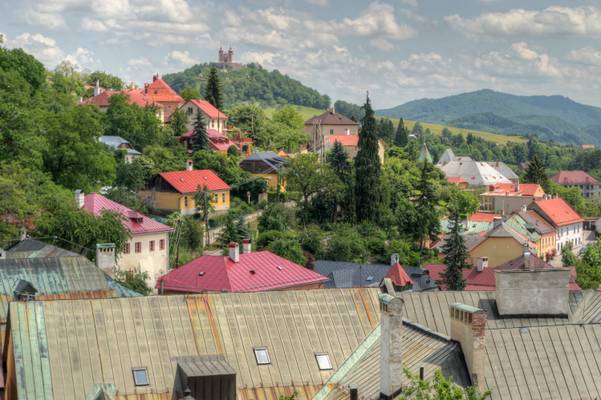
by jim stephenw
This small mining town is located in the middle of Slovakia, around 170km away from Bratislava and 240km away from Kosice (second biggest city in the country). The first settlement in this area was founded in 3rd century BC but it wasn’t until 13th century when the town became really important, in 1238 it even gained the status of one of the first royal towns in Kingdom of Hungary. The local Slavic population was joined by Germans and together they’ve created one of the most prominent places in the area and the main producer of silver and gold in Central Europe. Of course that made Banska Stiavnica a target of enemies and resulted in building well-needed fortifications around the town, including two castles. The town was also known for its innovations in the mining field, one of the local schools – Academy of Mining and Forestry – was named the first technical university in the world. Banska Stiavnica was growing steadily, at the end of the 18th century it was even third biggest city in the Kingdom of Hungary, but since mid 19th century its importance was declining. In 1993 UNESCO put it on its World Heritage List Information taken from travel blog: www.mywanderlust.pl/banska-stiavnica-slovakia/
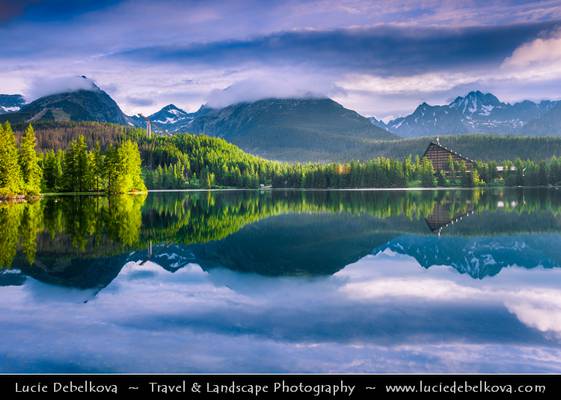
** Join me on Facebook | Google+ | Twitter | 500px | Instagram **
Štrbské pleso is a large glacial mountain lake that is found...
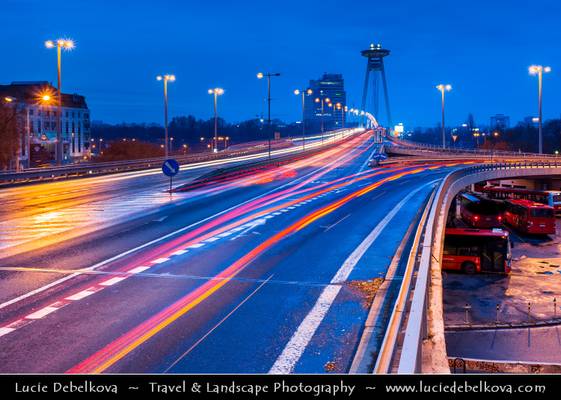
** Join me on Facebook | Google+ | Twitter | 500px | Instagram **
It is the 32nd-tallest, and thus shortest, member of the...

I took this photo looking West from the Lomnické Sedlo (Lomnicke Saddle) in High Tatras, Slovakia. It's just a bit different angle than in the first...

** Join me on Facebook | Google+ | Twitter | 500px | Instagram **
Europe - Slovakia - Slovak Republic - Slovensko - Bojnice...
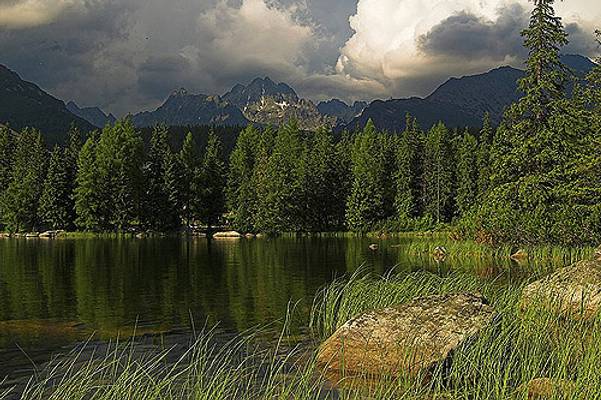
Štrbské pleso (Lake Štrba) is the second largest glacial lake on the Slovak side of the High Tatras and probably one of the most popular tourist...
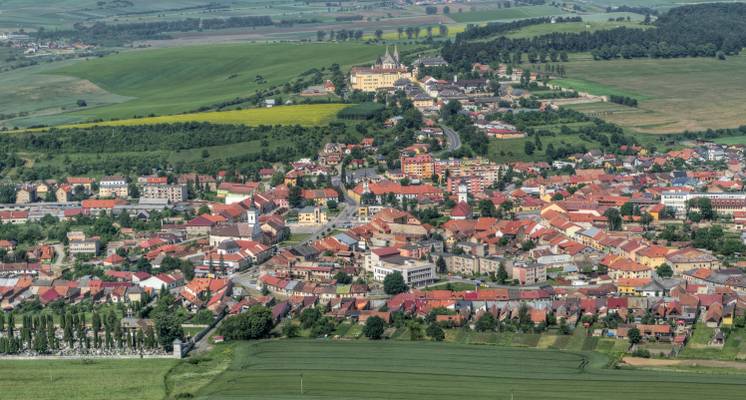
by jim stephenw
As a National Cultural Monument, Spiš Castle with its area of more than four ha, and partially in ruins, is one of the largest castle compounds in Central Europe. Spiš Castle was included in the UNESCO World Heritage List in 1993.
Construction of the medieval castle dates back to the beginning of the 12th century. The oldest written reference to the castle is from 1120. At the beginning it was a boundary fort placed at the northern frontier of an early feudal Old Hungarian state. Afterwards, it became the seat of the head of the Spiš region for many centuries.
In the second half of the 15th century the reconstruction of the castle fell upon its new owner Štefan Zápoľský whose intention was to remake it into a stately aristocratic residence. He had made a palace, a knight hall and chapel of St Elisabeth in the castle. His son Ján, later King of Hungary was born at the Castle.
The last building works at the Upper Castle were made under the orders of the Thurzos' and the Csákys'.
In 1780 the castle compound was destroyed by fire and the proud Spiš Castle gradually fell into ruins. The total decay of the castle was prevented only through the intervention of conservationists who in 1970 got down to the difficult job of preserving the walls and palaces threatened by the instability of its rocky base.
Information taken from website: slovakia.travel/en/spissky-hrad-castle
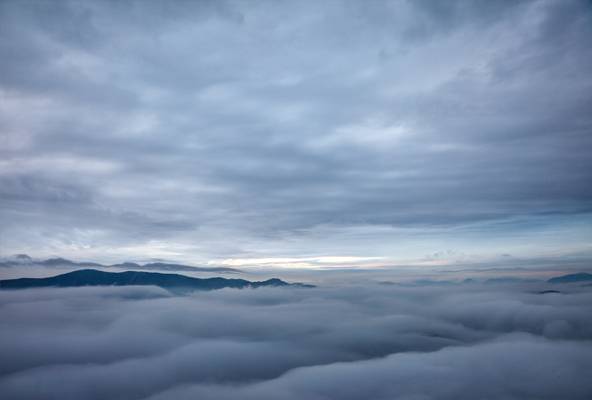
by Kamil Ghais
Temešské skaly, Slovakia
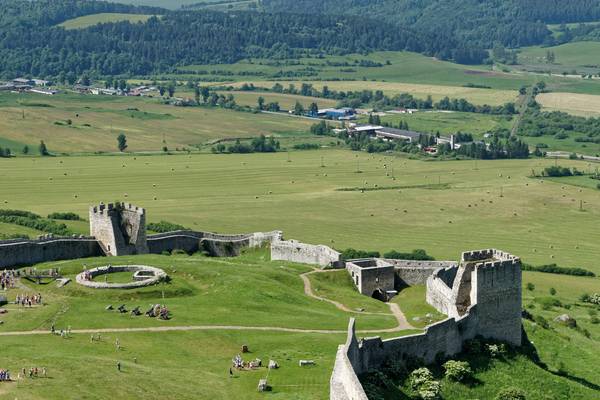
by jim stephenw
As a National Cultural Monument, Spiš Castle with its area of more than four ha, and partially in ruins, is one of the largest castle compounds in Central Europe. Spiš Castle was included in the UNESCO World Heritage List in 1993.
Construction of the medieval castle dates back to the beginning of the 12th century. The oldest written reference to the castle is from 1120. At the beginning it was a boundary fort placed at the northern frontier of an early feudal Old Hungarian state. Afterwards, it became the seat of the head of the Spiš region for many centuries.
In the second half of the 15th century the reconstruction of the castle fell upon its new owner Štefan Zápoľský whose intention was to remake it into a stately aristocratic residence. He had made a palace, a knight hall and chapel of St Elisabeth in the castle. His son Ján, later King of Hungary was born at the Castle.
The last building works at the Upper Castle were made under the orders of the Thurzos' and the Csákys'.
In 1780 the castle compound was destroyed by fire and the proud Spiš Castle gradually fell into ruins. The total decay of the castle was prevented only through the intervention of conservationists who in 1970 got down to the difficult job of preserving the walls and palaces threatened by the instability of its rocky base.
Information taken from website: slovakia.travel/en/spissky-hrad-castle
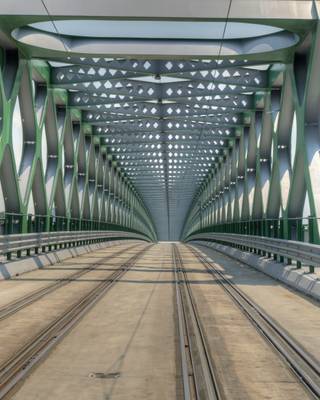
by jim stephenw
Starý Most (English: Old Bridge) is a bridge over the river Danube in Bratislava, Slovakia. The 460-meter-long (1,510 ft) bridge included a wooden pathway for pedestrians, a two-lane road and railway track, connecting the historic old city of Bratislava with the newer region Petržalka. The bridge was closed for cars in 2009 and for buses on 14 May 2010. On 2 December 2013 it was also closed for pedestrian and bicycle traffic because deconstruction of the bridge began the last week of November. At the time of its closure it was the oldest still-standing bridge in Bratislava. As of December 2015, the bridge was replaced by a new one for pedestrians, cyclists and trams, as part of new tram track to Petržalka.
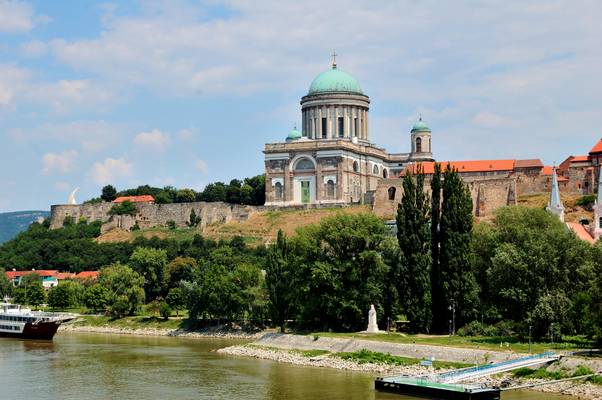
by Enrica Fabriani
La Catedral de San Adalberto es el edificio más grande de Hungría y sede de la iglesia católica de ese país.
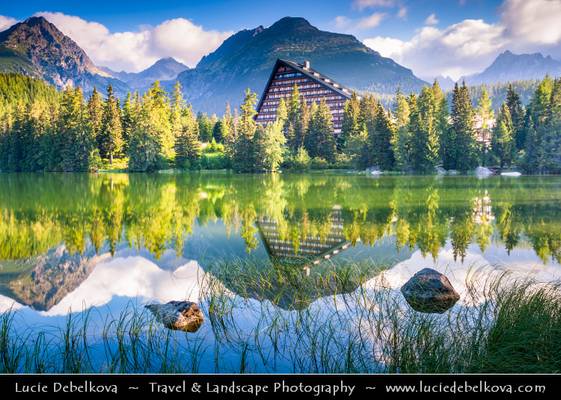
**Join me @ Facebook | Twitter | 500px | Instagram | YouTube **
Europe - Slovakia - Slovak Republic - Slovensko - High...
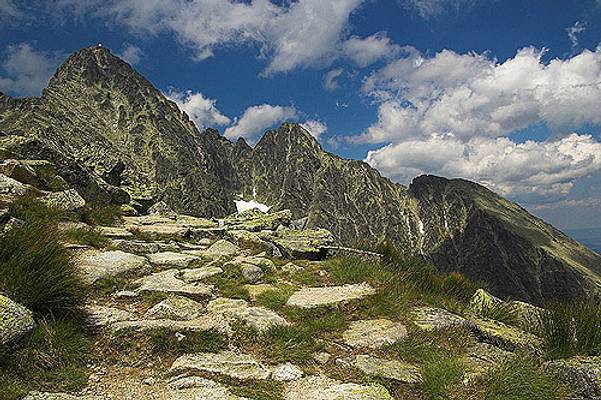
Lomnický štít (Lomnický peak; 2634 metres above sea level) is the second highest peak in the High Tatras. It is accessible only by a cable car (see...
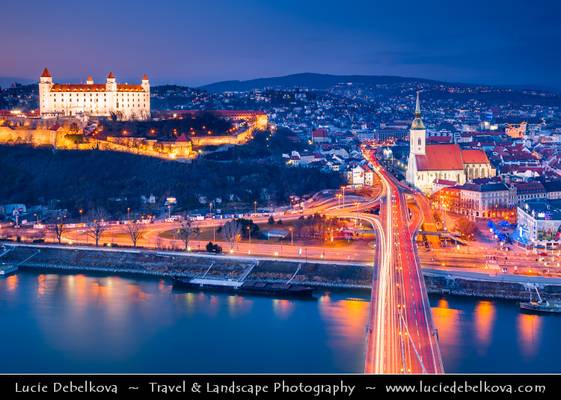
** Join me on Facebook | Google+ | Twitter | 500px | Instagram **
Bratislava (Pressburg - Pozsony) is the capital of Slovakia...

** Join me on Facebook | Google+ | Twitter | 500px | Instagram **
Bratislava (Pressburg - Pozsony) is the capital of Slovakia...

by Kamil Ghais
Photo was Explored [#23], thank you all very much
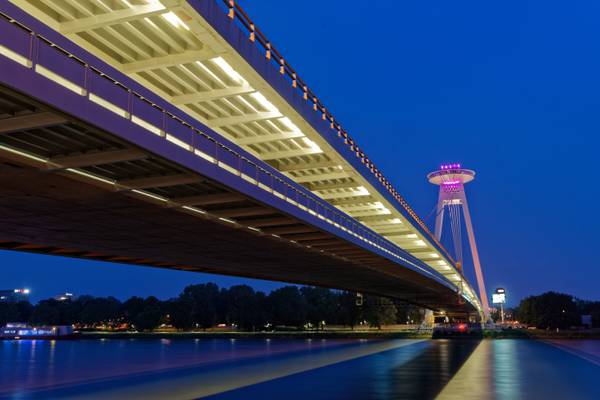
by jim stephenw
Most SNP ("Bridge of the Slovak National Uprising"), commonly referred to as Most Slovenského Národného Povstania or the UFO Bridge, and named Nový Most ("New Bridge") from 1993 to 2012, is a road bridge over the Danube in Bratislava, the capital of Slovakia. It is the world's longest bridge to have one pylon and one cable-stayed plane. Nový Most is an asymmetrical cable-stayed bridge with a main span length of 303m, a total length of 430.8m, a width of 21m and a weight of 537 t. There are four lanes for motor traffic on the upper level and lanes for bicycles and pedestrians on the lower level.

by Kamil Ghais
Photo was Explored [#22], thank you all very much

by jim stephenw
Most SNP ("Bridge of the Slovak National Uprising"), commonly referred to as Most Slovenského Národného Povstania or the UFO Bridge, and named Nový Most ("New Bridge") from 1993 to 2012, is a road bridge over the Danube in Bratislava, the capital of Slovakia. It is the world's longest bridge to have one pylon and one cable-stayed plane. Nový Most is an asymmetrical cable-stayed bridge with a main span length of 303m, a total length of 430.8m, a width of 21m and a weight of 537 t. There are four lanes for motor traffic on the upper level and lanes for bicycles and pedestrians on the lower level.

by jim stephenw
Located by the Hviezdoslav Square, the Neo-Renaissance building was built in 1885–1886 during the time of Austria-Hungary, based on a design by the Viennese architects Fellner & Helmer, who designed theatre buildings in 10 European countries. It was opened as the City Theatre on September 22, 1886 with the opera Bánk Bán of Ferenc Erkel, which is one of the most important Hungarian operas. As a sign of this event's importance, Kálmán Tisza Hungarian the Prime Minister and his whole government took part in this ceremony. The gala performance was conducted by Ferenc Erkel himself. The original building was designed for 1000 spectators and was illuminated using 800 gas lamps, while the auditorium had a lustre with 64 lights. The interior was decorated with frescos by Pressburg/Pozsony native painter Kornél Spányik and by paintings by Munich artist Leo Lüttgendorf-Leinburg, among others. The City Theatre was hired by German and Hungarian professional theatre companies, but beginning in 1919 (at the creation of Czechoslovakia), it was used by Czech and later also Slovak ensembles. In 1920 it became the Slovak National Theatre.
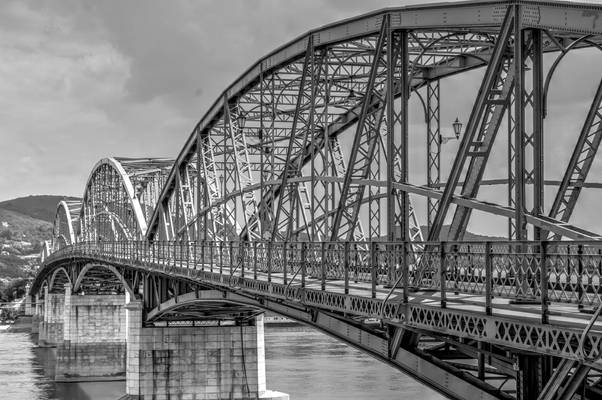
by Enrica Fabriani
El puente de Maria Valeria sobre el Danubio une dos países, Hungría y Eslovaquia.

by Kamil Ghais
Abandoned landscape near High Tatras

**Join me @ Facebook | Twitter | 500px | Instagram | YouTube **
Europe - Slovakia - Slovak Republic - Slovensko - High...
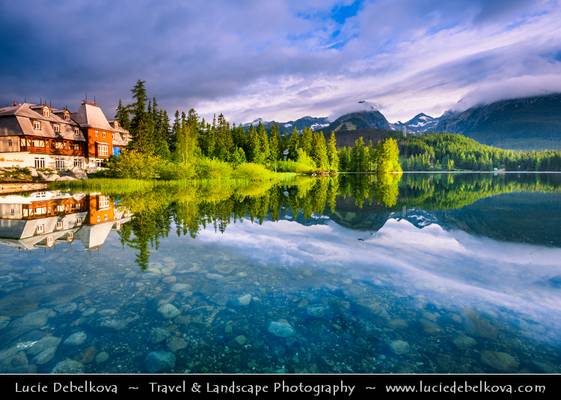
** Join me on Facebook | Google+ | Twitter | 500px | Instagram **
Europe - Slovakia - Slovak Republic - Slovensko - Hight...
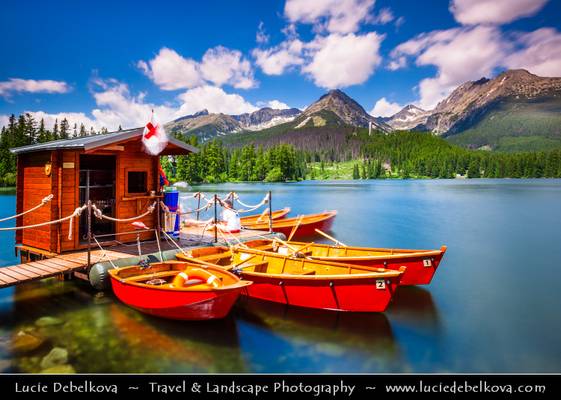
** Join me on Facebook | Google+ | Twitter | 500px | Instagram **
Štrbské pleso is a large glacial mountain lake that is found...
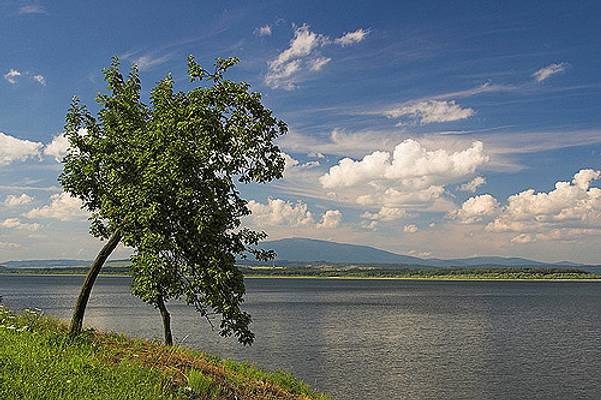
Taken during my summer trip to Slovakia by a borrowed lens Sony Carl Zeiss Vario-Sonnar 24-70mm f/2.8 -- probably the most expensive lens I have ever...
Thanks to all Phoide contributors to Slovakia!
Most notably Kamil Ghais, jim stephenw and Enrica Fabriani.
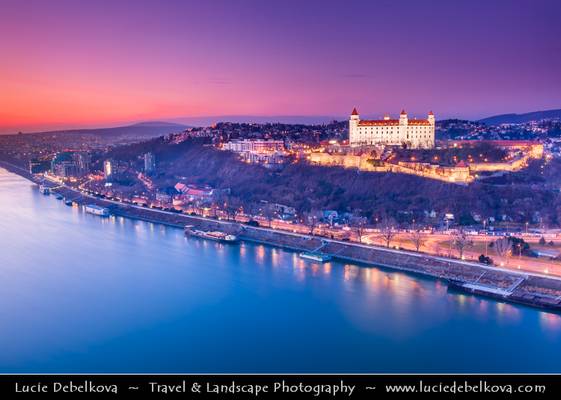

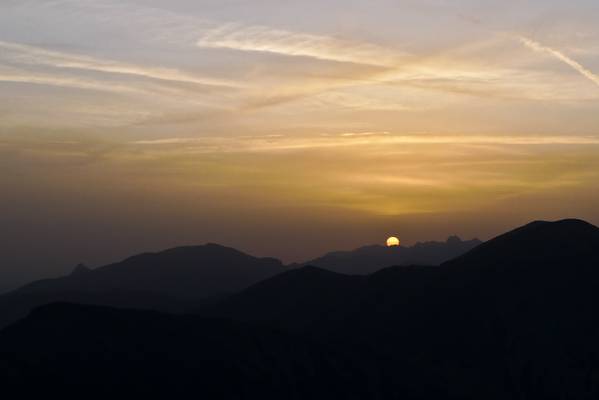
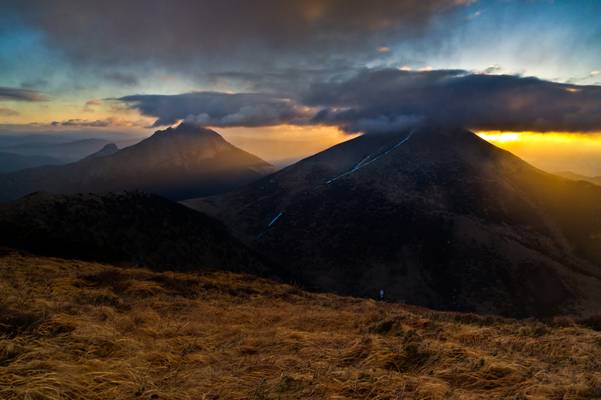
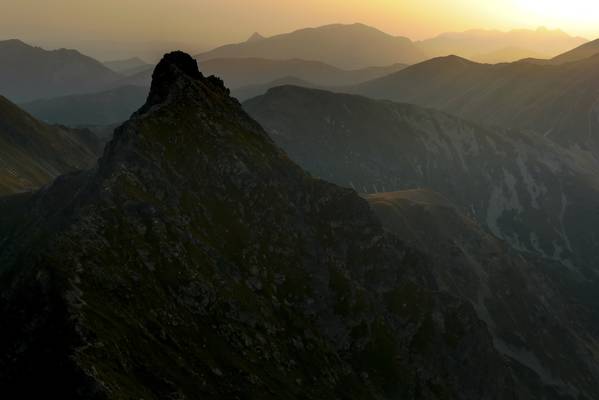


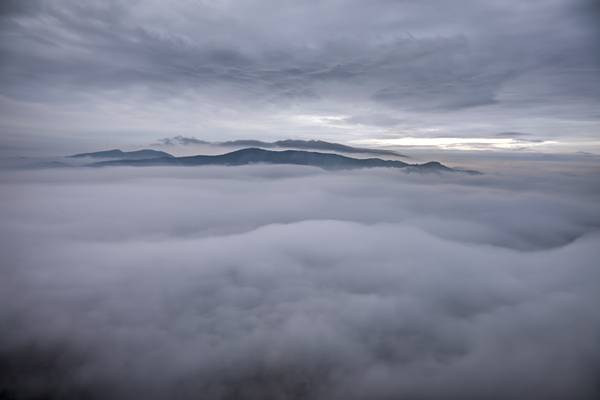
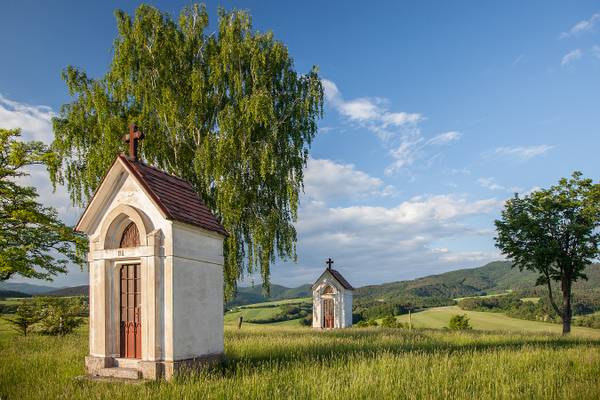


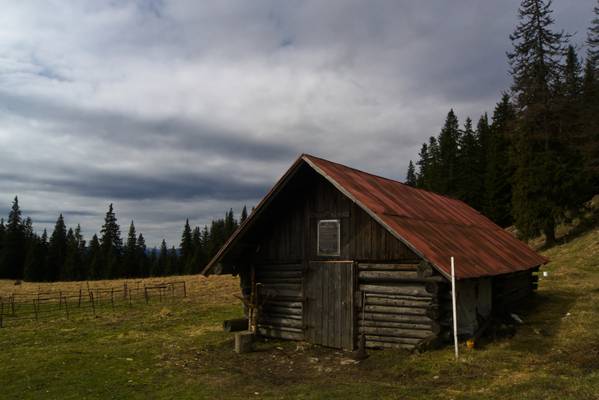

![Nižné Jamnícke pleso and surrounding, Poland/Slovakia, Tatra [OS][OC] [2000x1334]](https://cdn.phoide.com/Thumbs/29305089751.jpg)
